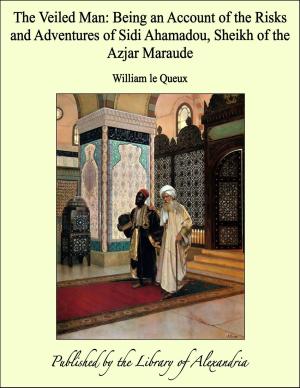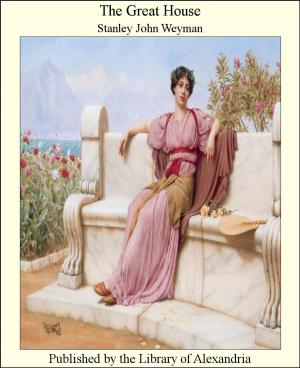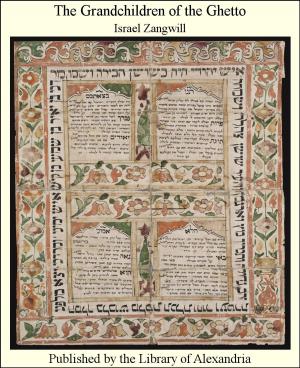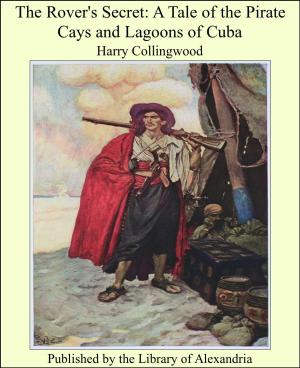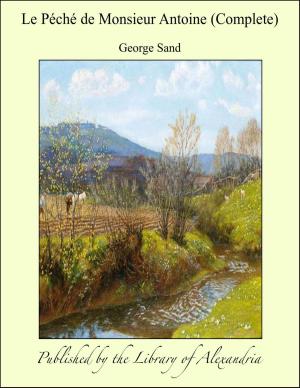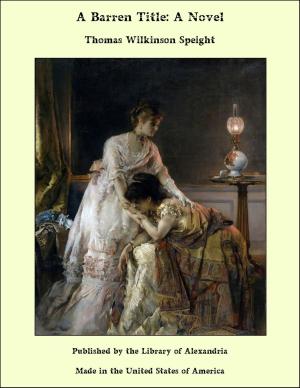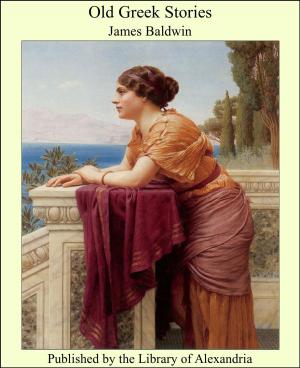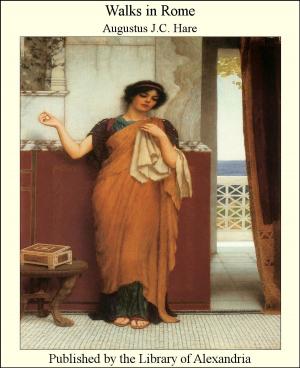A History of Art for Beginners and Students: Painting, Sculpture, Architecture (Sculpture)
Nonfiction, Religion & Spirituality, New Age, History, Fiction & Literature| Author: | Clara Erskine Clement | ISBN: | 9781465502513 |
| Publisher: | Library of Alexandria | Publication: | March 8, 2015 |
| Imprint: | Language: | English |
| Author: | Clara Erskine Clement |
| ISBN: | 9781465502513 |
| Publisher: | Library of Alexandria |
| Publication: | March 8, 2015 |
| Imprint: | |
| Language: | English |
ANCIENT SCULPTURE. EGYPT. No one can speak with exactness as to the time when sculpture was first practised by the Egyptians; we only know that it was a very long time ago. But we do know that in the time of the twelfth dynasty, which dates from 2466 B.C., sculpture had reached a stage of excellence such as could only have resulted from the experience of many years of training and practice in this art. In the Egyptian collection of the Louvre, at Paris, there is the memorial stone of an old Egyptian sculptor which has an inscription that reads as if he had written it himself; this was the way by which Egyptians made these inscriptions sound as if the dead themselves spoke to those who were still alive. This sculptor’s name was Martisen, and he lived about forty-four centuries ago. Brugsch-Bey, a very learned writer on Egypt, says: “He calls himself ‘a master among those who understand art, and a plastic artist,’ who ‘was a wise artist in his art.’ He relates in succession his knowledge in the making of statues, in every position, according to prescribed use and measure; and brings forward, as his particular invention, an etching with colors, if I have rightly understood the expression, ‘which can neither be injured by fire nor washed off by water; ‘and, as a Further explanation of this, states that ‘no man has arisen who has been able to do this except himself alone and the eldest son of his race, whom God’s will has created. He has arisen able to do this, and the exercise of his hand has been admired in masterly works in all sorts of precious stones, from gold and silver to ivory and ebony.’” There is no doubt but that Martisen and his son, who was named Usurtasen, were sculptors at the time when Egyptian art reached its highest point
ANCIENT SCULPTURE. EGYPT. No one can speak with exactness as to the time when sculpture was first practised by the Egyptians; we only know that it was a very long time ago. But we do know that in the time of the twelfth dynasty, which dates from 2466 B.C., sculpture had reached a stage of excellence such as could only have resulted from the experience of many years of training and practice in this art. In the Egyptian collection of the Louvre, at Paris, there is the memorial stone of an old Egyptian sculptor which has an inscription that reads as if he had written it himself; this was the way by which Egyptians made these inscriptions sound as if the dead themselves spoke to those who were still alive. This sculptor’s name was Martisen, and he lived about forty-four centuries ago. Brugsch-Bey, a very learned writer on Egypt, says: “He calls himself ‘a master among those who understand art, and a plastic artist,’ who ‘was a wise artist in his art.’ He relates in succession his knowledge in the making of statues, in every position, according to prescribed use and measure; and brings forward, as his particular invention, an etching with colors, if I have rightly understood the expression, ‘which can neither be injured by fire nor washed off by water; ‘and, as a Further explanation of this, states that ‘no man has arisen who has been able to do this except himself alone and the eldest son of his race, whom God’s will has created. He has arisen able to do this, and the exercise of his hand has been admired in masterly works in all sorts of precious stones, from gold and silver to ivory and ebony.’” There is no doubt but that Martisen and his son, who was named Usurtasen, were sculptors at the time when Egyptian art reached its highest point

